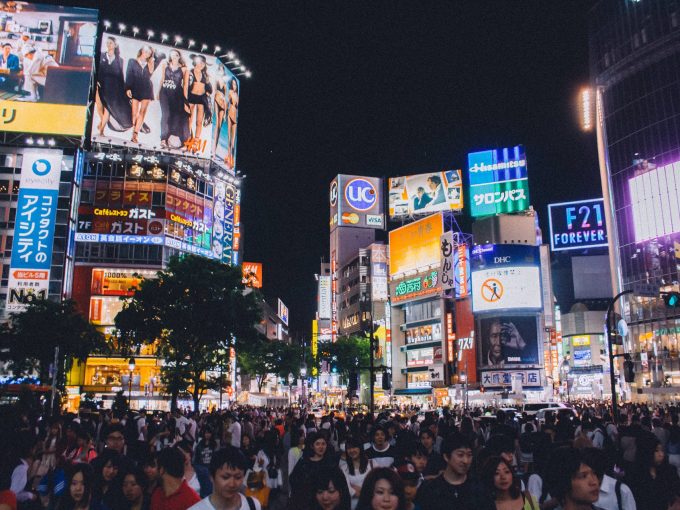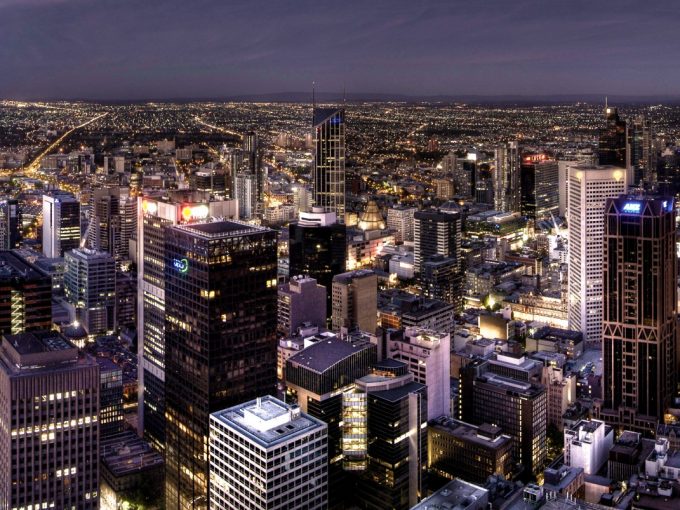The APEC (Asia Pacific Economic Cooperation) project on Low Carbon Model Towns, led by APEC’s Tokyo-based Asia Pacific Energy Research Centre (APERC) has run since 2011.
Low Carbon Towns are:
“…villages, towns, cities and regions which seek to become low carbon with a quantitative CO2 emissions reduction target and a concrete low carbon developing plan irrespective of its size, characteristics and type of development.”
The project aims to provide guidance for city, national planners and policy makers on low carbon urban development by providing a framework for action, methods for tracking progress, case studies and information on best practice measures. Consistent with APEC’s broader philosophy, it focuses on each participant’s progress over time within its own context, and provides diagnostic feedback.
Key elements of the project are development of a ‘concept’ document, indicators, a reporting framework, comprehensive case studies and extensive practical information on measures. Resources are available online.
My involvement with LCMT began in late 2012. I have been a member of a number of study teams that have visited 10 cities across the Asia-Pacific region, as well as visiting several more cities for workshops, conferences and meetings. I have also provided extensive input to draft documents. This article and seminar reflect my personal observations from participation in these activities.
The diversity of the locations I have visited has been remarkable, from Siberia to Chile, from tourist destinations to industrial cities, to developing and developed countries. These cities operate within a variety of political and institutional frameworks that can limit or assist their capacity to drive change. The cultures of their communities and, local environmental and economic circumstances vary greatly but each city adapts its approach to local conditions and draws from broader experience.
A common dimension has been that these cities are struggling to manage population growth, pollution, economic growth and improvement in quality of life while cutting climate impacts. Often, climate response struggles for attention in an agenda crowded with short term crises, more visible problems and politics.
A key message has been that climate response must be framed in terms relevant to the community. Often this means it is a secondary outcome of policies that are intended to address more tangible issues such as urban pollution, congestion, economic transition and management of the consequences of climate change, such as increasingly serious flooding and changing weather.
Cities vary in their access to resources, and the need to operate within political frameworks that allocate powers, status and resources among various levels of government. Policy consistency is also a challenge: many cities experience ‘stop-start’ activity as commitment varies over time with changes in leadership – at both party and personal levels. The need for rapid roll-out of solutions works against sophisticated solutions that consider long-term outcomes.
But there are many exciting developments, including:
- A shift in transport priorities from car to public transport, low speed personal electric vehicles (e-bikes, e-scooters etc) and walking, often from ‘bottom-up’ as individuals try to run their daily lives in congested and dangerous environments. Urban design and provision of infrastructure are changing. Delivery of ‘virtual’ solutions is emerging as an alternative to physical products and movement
- Very energy-efficient buildings and developments are appearing, with zero net carbon targets becoming common. Meshing these with local culture and business models, such as roadside commerce, is increasing acceptance.
- Collection and use of data on energy performance (and many other factors) is expanding, with Home, Building and Factory Energy Management Systems being linked to broader scale Area Energy Management Systems using advanced data collection, analysis and feedback. Researchers, policy makers, practitioners and occupants now have access to remarkably detailed data.
- Climate response is increasingly being linked to pollution reduction and economic transition. Dirty fossil fuels are being replaced by zero or low carbon energy solutions. High tech industries and services businesses that deliver low carbon solutions are being encouraged.
- Resilience is an emerging theme. New developments in Japan can typically run independent of the electricity grid for several days. Distributed energy systems are reducing dependence on central systems, delivering energy services to off-grid locations and supporting local economies.
We live in exciting, challenging and rapidly changing times. And cities are at the core of this.
If you missed out on Alan’s presentation Low carbon lessons from Asia-Pacific cities you can see the slides here.





